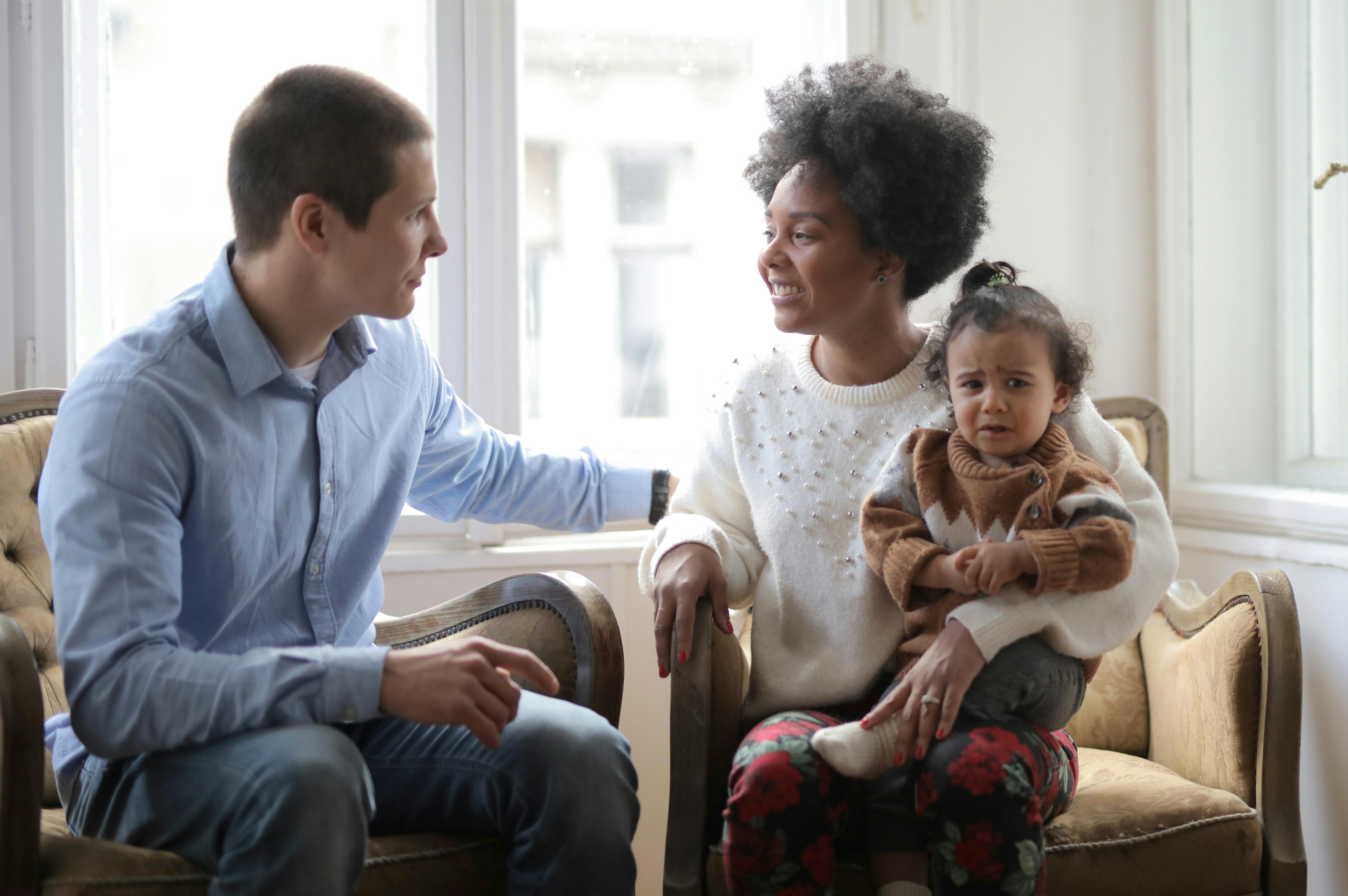
Five love languages in neuroscience
I know many people who are quite leftist; by that I mean they think things through before they use it (knowledge) or accept it. They want the scientific facts, the empirical studies, and even though some things have been proven for years, they still have a “wait and see” attitude. Before I finished reading “The Five Love Languages of Children” by Gary Chapman and Ross Campbell a few years ago, I was already sharing it with the people around me. Some of my friends, who understand my usual enthusiasm for parenting, would normally listen to me and maybe try to get a copy of the book to learn more. Others remain skeptical until there is more influence.
Well, something good has come out of this skepticism. It just occurred to me that there is a scientific explanation for the five love languages after all, from the perspective of neuroscience. I have found “What Every Parent Needs to Know” by Margot Sunderland an excellent source of scientific evidence. Sunderland, a child psychotherapist, is brilliant in her presentation of jargon that is difficult for the average layperson. It is, in my opinion, another book that every parent should read. While she presents facts and many practical ways for loving parenting, “Children’s Five Love Languages” offers you additional tools.
When your child has her emotional tank full (it means she’s received love through her primary love language, whether it’s physical touch, words of affirmation, acts of service, quality time, or gifts), a surge of positive arousal neurochemicals , which mainly comprises opioids, oxytoxin and prolactin, are activated in the brain. These hormones are powerful chemicals produced in the body and brain that give us a sense of well-being. Neuroscience researchers discovered that when these hormones are strongly activated in combination, these neurochemicals give us the deepest sense of calm and contentment.
When your child has many love experiences in the early years of his life, his brain is constantly flooded with oxytocin and opiates that make him feel very calm, secure, and warm inside. In addition to allowing him the best environment to explore the world with interest and wonder, he is developing the resilience to handle pain and stressful moments in life.
Scientists have discovered that an individual’s psychological strength is related to the strong activation of opioids in the brain; this simply means that when your child is constantly inundated with opiates, he will grow up to be able to think under stress and calm down, be socially confident, warm and kind. She will respond to her personal comments by thinking about what is being said rather than lashing out or walking away and seeking a solution rather than blaming a conflict.